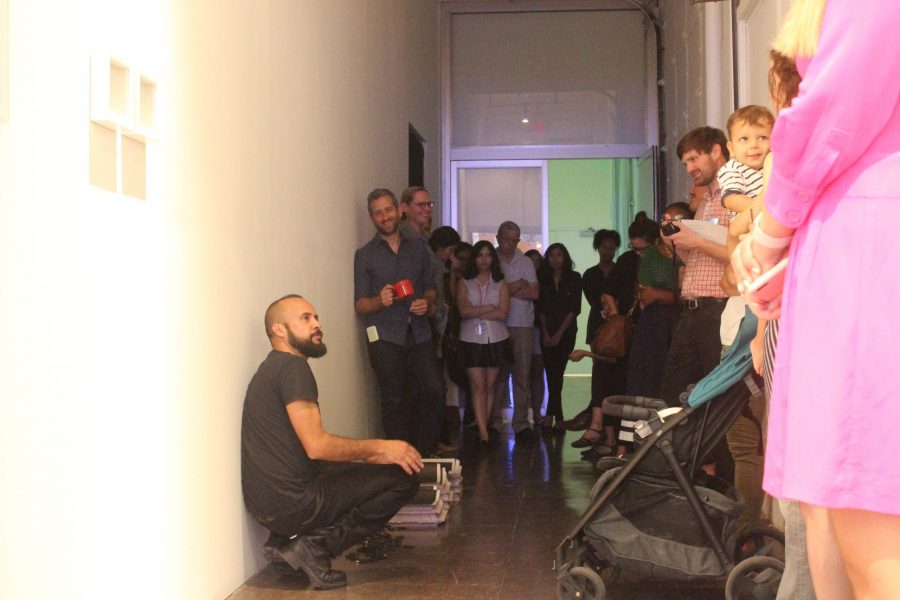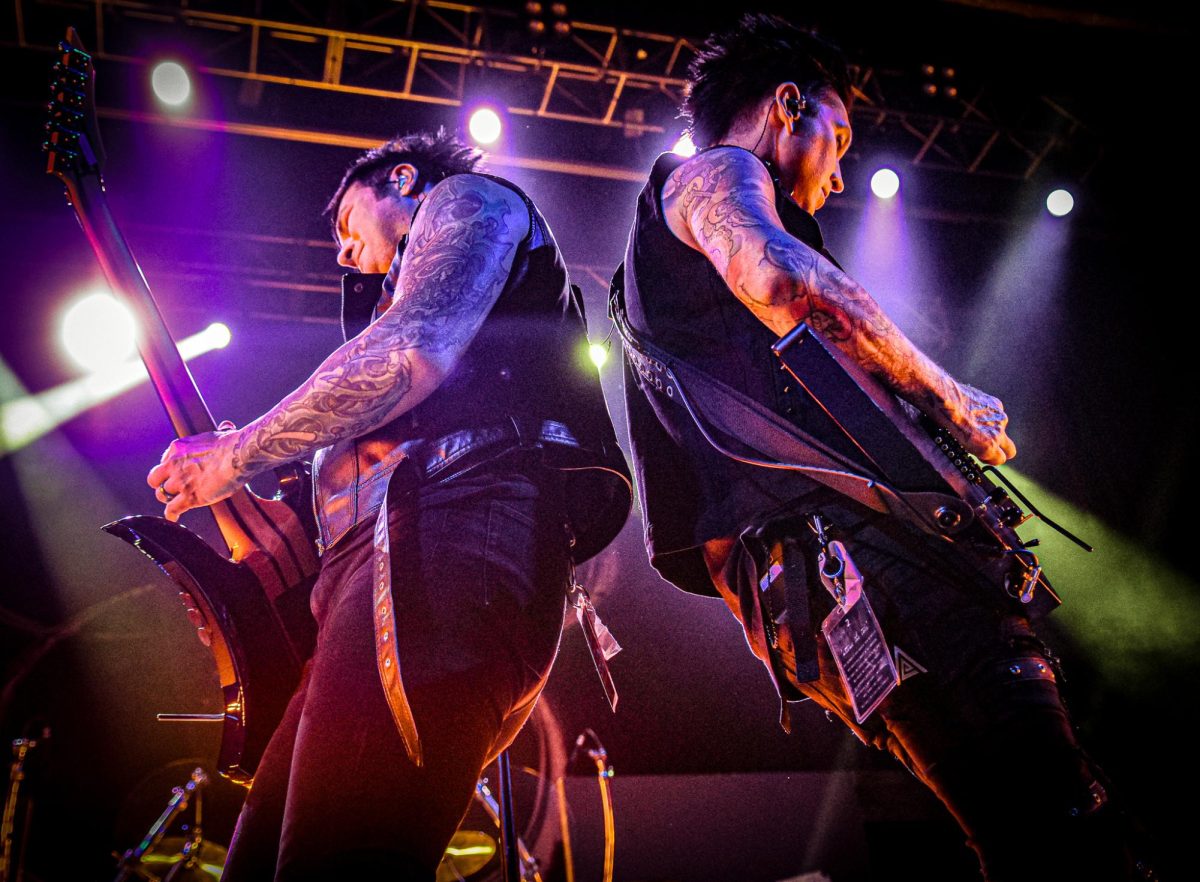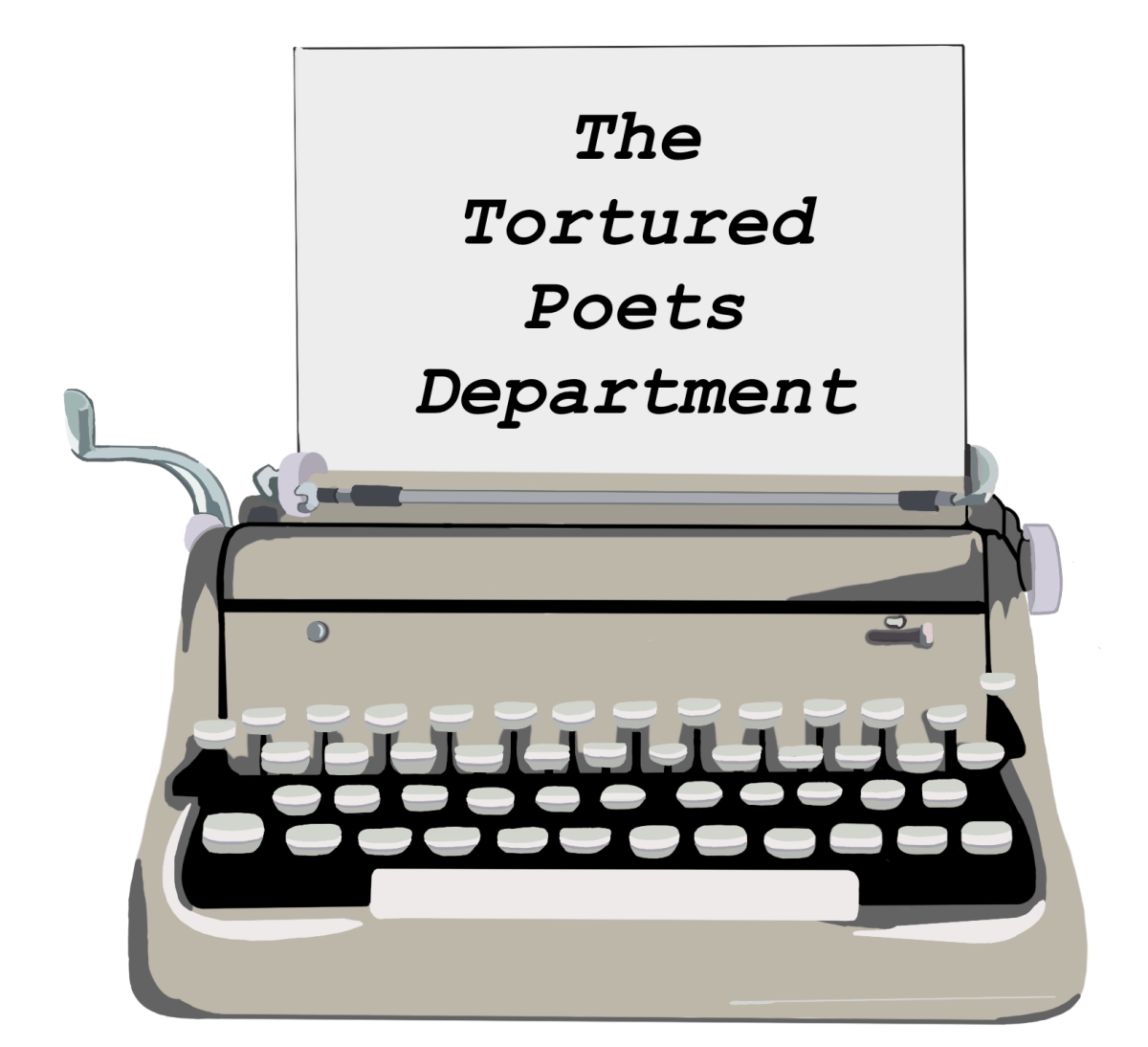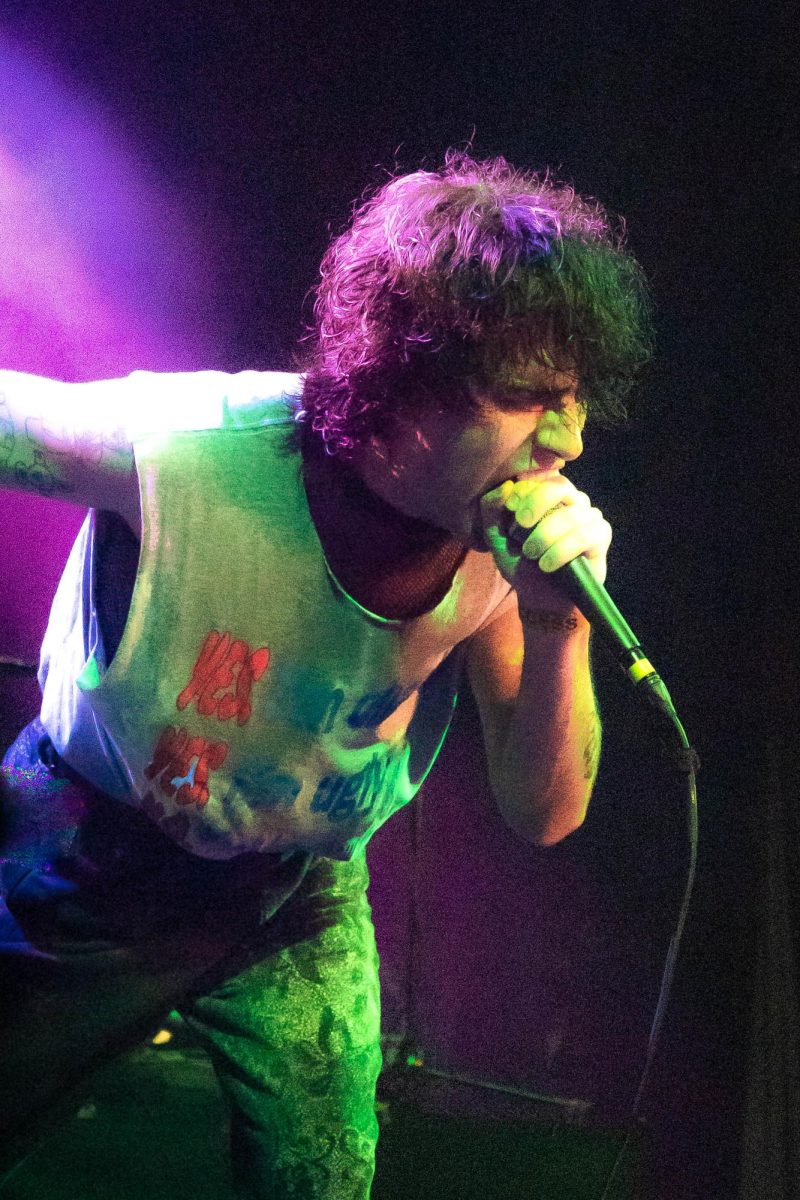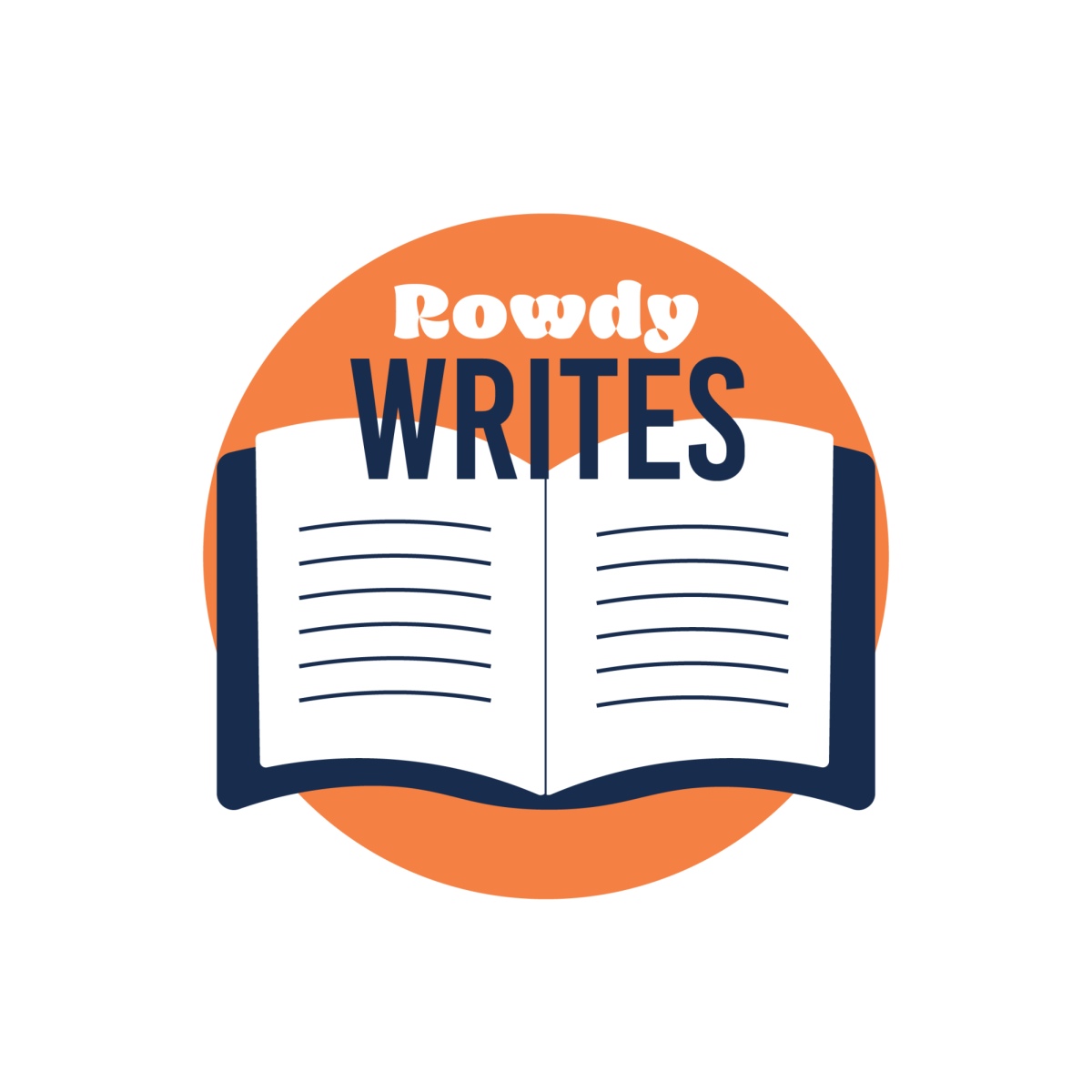On May 15, guest curator Yoshua Okon’s three artists began their residency at Artpace San Antonio.
One month later on July 13 Artpace hosted the three artists exhibition opening at 10:30AM at the downtown gallery on Main Ave.
Yoshua Okon, a Mexico City native and Fulbright Scholar, received his MFA from UCLA.
Okon selected Rolando Lopez from Aguascalientes, Mexico, Kang Seung Lee from Los Angeles and Christie Blizzard from San Antonio to live and work in the downtown San Antonio gallery during the summer of 2017.
Each of the three artists are awarded a living space, a studio and a stipend.
Each artist gave brief introductions to their galleries before an audience of about 25 guests.
Rolando Lopez described the primary influence behind the work on display as the interplay between the past and present; its symbolic intersectionality with elements before and after chemical reactions.
Two plain white, 5 inch x 5 inch cases hung on the wall behind him as he crouched down near a stack of papers and a pile of USB thumbdrives. Inside the cases were tiny pieces of debris from a chemical reaction symbolic of the profound effects of lead and copper extraction and processing efforts in Aguascalientes, Mexico in the 1890s:
“There are still industrial residues that for many of the inhabitants of Aguascalientes have just always been a part of the landscape, a perennial presence….”
The USB thumbdrives contain Lopez’s feature, echoing the dark hollows of copper and lead mines filled with the eerie chirps and squeaks of bats and the splash of water droplets falling from rock ceilings to rock floor.
The track seems to convey the fading of hope and loss of light. His voice, a dark and powerful growl, is reminiscent of the sounds made by heavy machinery and embodies low and ominous landscape of prison camps and propaganda controls.
Kang Seung Lee captured the sharp and racially derived angles that surfaced during riots in Los Angeles with light boxes and soft stroke.
The light boxes contained depictions of scenes from the early 1990s killing of Latasha Harlins. An event that contributed to the uproar.
A neon sign hung which read “La Revolución Es La Solución.” In the middle of the exhibition Lee hung a cloth weaved from primarily black and white threads but explained in a brief interview that:
“The tapestry style is called jacquard. It was invented in the 19th century. It uses six colors to make any color. It is always done in six colors. What we see in black and white on the front is…more abstract colors in the back.”
The choice of technique itself is an allusion to the complexity of the race relations in L.A. during the early 1990s contrasted with the widely accepted impression of the events as a black versus white issue.
Large (from floor board to ceiling and just as wide) murals occupied the walls featuring figures from the protests with their bodies removed intended to “invite a movement to the radical emancipation of otherness.”
The drawings were primarily black and white with brown undercurrents.
Christie Blizzard’s exhibit titled, “We Invent Nothing,” centers around a hand puppet molded after Jean-Francois Lyotard, a 20th century French philosopher.
Blizzard performed with the puppet at EDM events and relayed her experiences through her exhibit.
“One of Lyotard’s focuses was on the revolutionary potential of avant-garde artists who develop new ways of thinking that can deform traditional representational structures.”


A car similar to the DeLorean from “Back to the Future” took up the back left corner of the room and played EDM music.
The car was flanked by red and blue shirts, one on each side, with each hanging from an easel.
A neon sign hung behind it which read “Secret Crack.”
The walls featured canvas paintings of women holding puppet Lyotard with shocked and amazed looks on his face.
Puppet Lyotard himself stood nearby as if he were standing watch over the exhibit wearing a prop which “Doc” from “Back to the Future” wore for eyeglasses.
Pictures of Blizzard’s performances and interviews at the EDM events were displayed on the wall from a ceiling mounted projector and in a light box.
“The performances are the pivot point for all the work in the space. The projected video is a montage of the different performances with a cut-up poem I created from some of Lyotard’s writings. William S. Burroughs once said that with cut-up poems, when you collage the past with the present that the future comes out. I intend for these to hopefully be some sort of foreshadowing.”
The international artist-in-residence exhibition featuring is going on now and ends September 3. Admission is free to the public.






